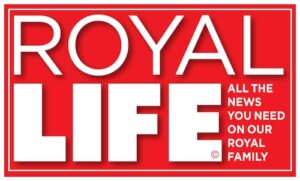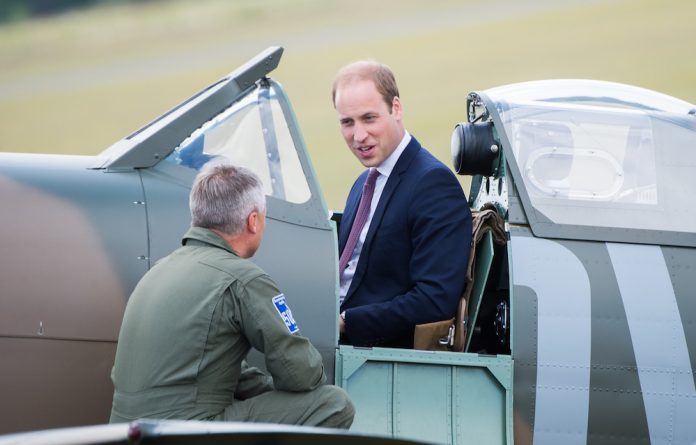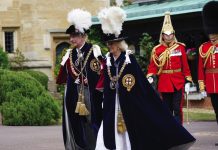THE DUKE OF CAMBRIDGE WILL VISIT IMPERIAL WAR MUSEUM LONDON TO MEET SURVIVORS AND VETERANS OF WORLD WAR II
London
Thursday 28th September, 2017
The Duke of Cambridge, Patron of the Imperial War Museum Foundation, will visit Imperial War Museum (IWM) London where he will meet Freddie Knoller, who took part in the French Resistance and survived imprisonment in Auschwitz, Monovitz and Bergen-Belsen, as well as two veterans of World War II: Ted Cordery and John Harrison. The Duke will also learn about the second phase of ‘Transforming IWM London’, which will create new Second World War Galleries, Holocaust Galleries and a learning suite.
The second phase of ‘Transforming IWM London’ is a £33.5million project that will open in 2020. The new galleries will enable IWM to transform the way it presents the World War II and the Holocaust, helping visitors to understand the complex narrative of the Holocaust within the context of the World War II, something that no other museum currently does. The galleries will draw heavily upon the individual personal stories from IWM’s collections to present a vivid narrative that reflects the realities of World War II, the Holocaust and the way in which they shaped the world.
Both Ted Cordery and John Harrison served on HMS Belfast, which is the largest object in IWM’s collection. Ted Cordery served as a Leading Torpedo Man during the Battle of North Cape in 1943, which was the last time a naval battle was fought between big-gunned warships. Ted was also serving aboard Belfast when she became Flagship of Bombardment Force E, leading the line of ships into position in the early hours of 6 June in support of the D-Day landings. John Harrison was a Petty Officer in charge of the forward-most gun turret and survived a magnetic mine that hit the ship in the Firth of Forth.
While working for the French Resistance Freddie Knoller was arrested by local police and deported to Auschwitz in October 1943. He was then sent to the Monovitz work camp. In early 1945, he was sent on a death march, and survived a further period of slave labour in the notorious Dora concentration camp, before being transferred to Bergen-Belsen, where he was liberated by the British at the end of the war.
IWM (Imperial War Museums) tells the story of people who have lived, fought and died in conflicts involving Britain and the Commonwealth since the First World War.
To get all the latest royal news delivered straight to your door, subscribe to Royal Life Magazine today.










